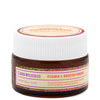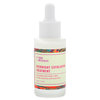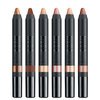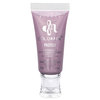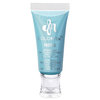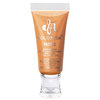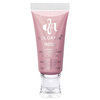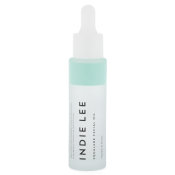
My friend Michelle’s face was glowing. She was sitting across from me on her porch and in the sunlight, I saw that her pores looked tighter than usual, her skin smoother, and her complexion more dewy than I’d ever seen it. Staring at her like a person who has seen the Promised Land for the first time, I interrupted her mid-conversation to demand, “What have you been doing to your skin????”
Michelle grinned. “Facial oils!” Of course. You can’t go online without some beauty writer telling you how some new facial oil is the holy grail of this or that. But I’m one of those who has always been turned off by the idea of putting oil on my face. My combination skin is bad enough as it is, with an oily T-zone and the rest all dry and sensitive. I mean, when is an oil something you can put on your face, and when is an oil something you cook your fries in? Renowned New York City dermatologist Dr. Jeanette Graf explains, gently steering us through the slippery terrain of facial oils.
Facial oil basics
According to Dr. Graf, facial oils are essential oils from natural sources, and they’re becoming more and more popular as experts and consumers see what they can do for skin (hydrate, reduce inflammation, etc.). “When we think of oil, it brings back memories of mineral oil, used in the past industrially,” Dr Graf explains. “Today’s oils are quite different, and are pure and cosmetic-grade.” And using facial oil is simple. All you do is wash your face, dry it, drip a few drops of oil onto your hands, and then spread it gently and evenly over your face. Not too much—”A little goes a long way,” says Dr. Graf. Most people use between 2 to 6 drops of oil for the face, once in the morning and once before bed.
Dr. Graf notes that it’s better to use oils prepared especially for the skin. But if you can’t find (or afford) those? “Extra-virgin organic coconut oil works just fine,” she says.
Oils by skin type
The great thing about oils is that, apparently, everyone can use them. Dry, sensitive skin? You can use oil! Oily, acne-prone skin? You can use oil! (Unless you have an allergy or sensitivity to a particular oil, of course.) Below are some more detailed recs from Dr. Graf for specific skin types.
Oily, acne-prone, or combination
Believe it or not, oil-based cleansers are ideal for oily skin. “Oil attracts oil and is able to penetrate deep into the pores for cleansing. So oily and combination skin benefit from oil washes,” says Dr. Graf. And as it turns out, you can used an oil-based cleanser like Eve Lom’s or a straight-up facial oil to wash your face. Dampen skin, and then take a small amount of the cleanser or oil and massage it into your face for about a minute; then remove with a warm washcloth. You can probably even skip the moisturizer, too. “Argan, borage, cinnamon, and lemongrass oils are good for acne-prone, oily skin,” Dr. Graf explains. If your face and hairline are getting greasy by midday after switching to facial oil, she suggests using slightly less oil, or switching to a facial oil specifically designed for oily skin.
Dry or sensitive
Use facial oil as a moisturizer. “Olive oil and coconut oil are great for dry skin,” says Dr. Graf. “I am a fan of coconut oil.” If you haven’t tried the rms beauty Raw Coconut Cream, you should give it a try, it’s the best!
Normal
Use facial oil as a moisturizer. “For normal skin, I suggest rosehip and lavender oil,” says Dr. Graf. (She especially likes lavender.) Our favorite is the Indie Lee Lavender Chamomile Moisturizing Oil. When I asked her if there were any oils she didn’t love for skin, she mentioned castor oil as one she wouldn’t recommend, due to its harsher detergent effects.
Incorporating oils into your routine
So should we throw out our beloved facial cleansers, creams, and moisturizers in favor of oil? Nope! “I think [oils and moisturizers] work well together,” says Dr. Graf. “There are water-soluble ingredients delivered by moisturizers that aren’t in oils.” So, if your skin is flaking and on the dry side, your skin probably needs the emolliency of an oil. “Use the oil on top of the moisturizer or hydrating serum; facial oil can be the last step to seal in moisture,” explains Dr. Graf.
Armed with my newfound knowledge, I got a bottle of Indie Lee Squalane Facial Oil, which is pure and olive-derived (ideal for combination skin like mine, I know now!) and started using it regularly. And guess whose skin likes oil? My face basically drinks it up, and it’s only been a few weeks, but I’m noticing MAJOR improvements. My complexion is smoother and brighter, it gets less oily during the day, and it just looks better. I’m a crazy newfound convert. I’m never going back to plain moisturizer. Never. Oil obsessed!
Featured Products
You Might Also Like
-
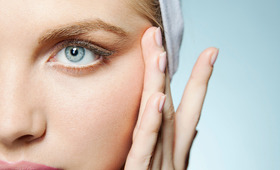
Skincare
5 Must-Try Multitasking Eye Creams
- 517
-

Face Skincare
Gwyneth Paltrow's Smooth Skin Secret
- 99
-
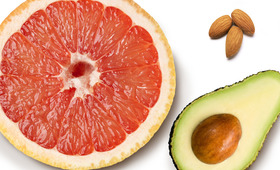
Skincare
Grapefruit, Almond … Jojoba? Ten Popular Natural Oils Demystified
- 1382
-
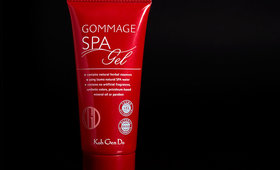
Product Spotlight
The Face Exfoliator That Really, Really Works
- 1104
-
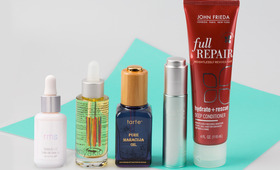
Skincare
Must-Have Beauty Ingredients From Around the World
- 983
-

Skincare
What's Your Skin Doing While You Sleep?
- 282
-
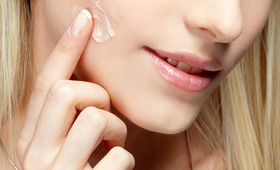
Moisturizer
Three Oil-Free Moisturizers You Need to Try
- 380
-
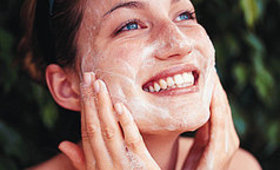
Face Skincare
DIY Skincare: Face Scrubs
- 821






